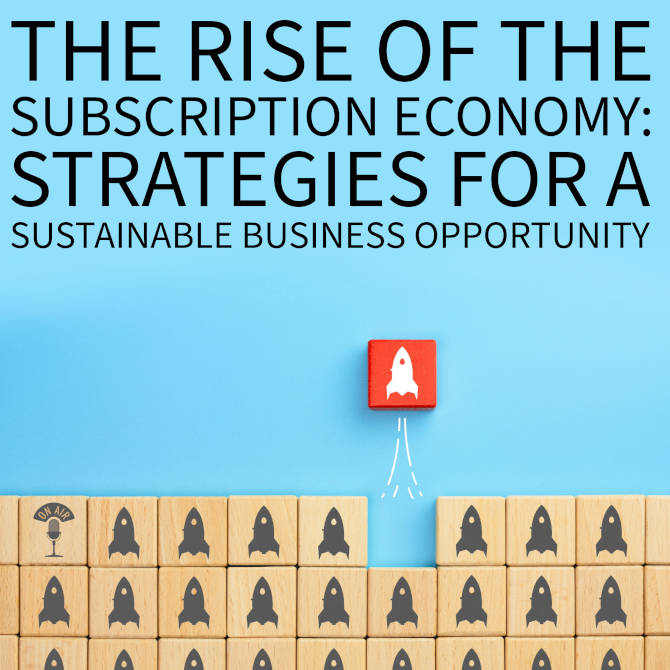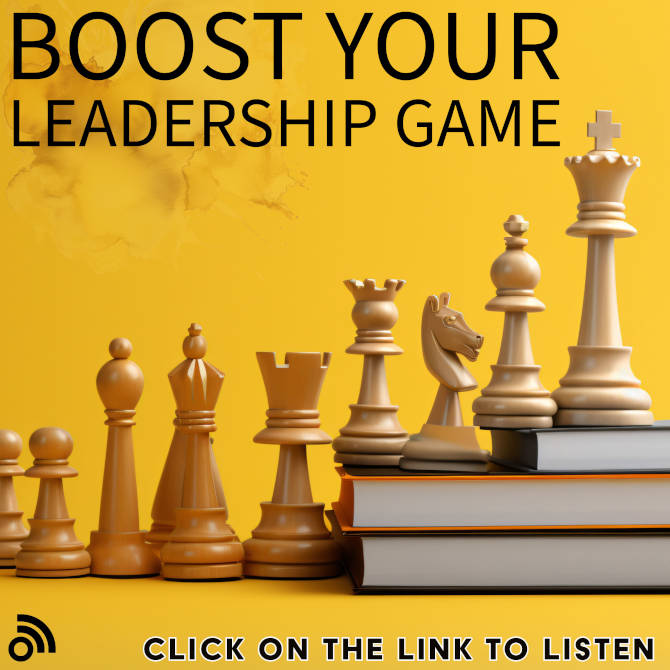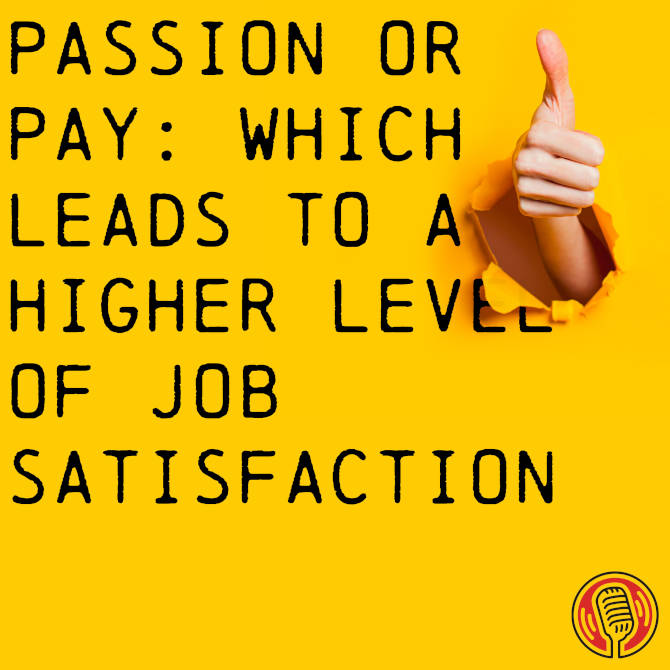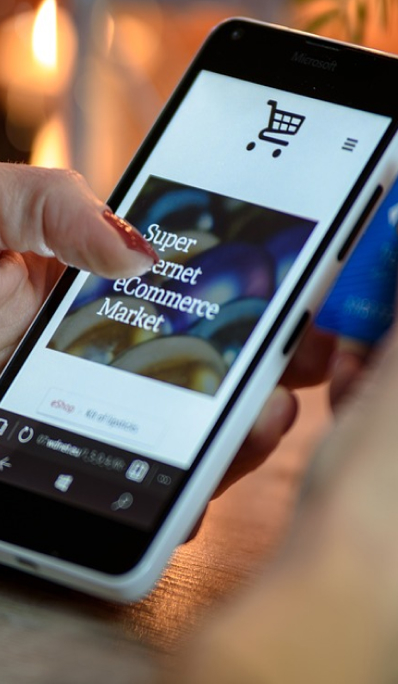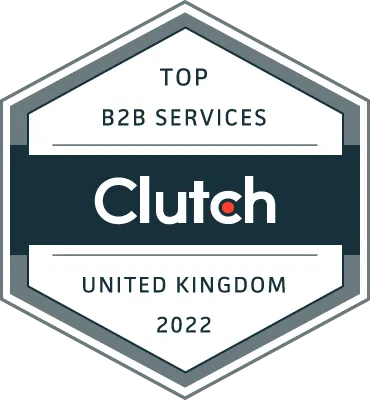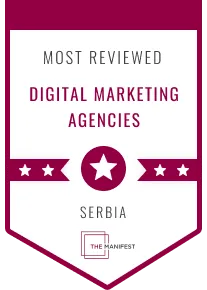Introduction: The Challenge of Creating a High-Converting Landing Page
You know when you travel from one country to the next and how hard the airports make it for you to travel. What with bag check-in, security, which sometimes you must get an x-ray, a body scan x-ray. I absolutely hate it. Then you find you land in a country and you have to go through another load of steps just to leave the airport.
I find this excruciating. I sometimes wish I was the pilot, a much simpler process. Security clearance, fly the plane and then land the plane. Now that brings us nicely to what today’s episode is going to be about. How to create a killer website landing page.
Shall we start?
The Importance of a Well-Designed Landing Page
I’ve been designing and building websites since 1996, and I’ve built more sites than most web designers out there. However, in the early days, we made many mistakes, as at that time, we didn’t have things such as statistics on customer journeys.
In fact, there were only around 100,000 websites and 36 million internet users worldwide. That’s just under the whole population of California. And I think today we have around 1. 8 billion websites and around 4. 9 billion website users, which is about 62 per cent of the world’s population. And the mistakes we made back then are what drives the success of today’s websites.
Crafting the Perfect Landing Page: Key Elements for Success
So let’s talk about the importance of nailing your landing page, which can be your homepage or a specific sales page to make sure you’re getting the most out of your marketing efforts.
Basically, if you’re spending money on ads or investing time in content marketing to drive traffic to your website, you want to make sure that once people get on there, they’re actually converting into customers.
That’s where conversion rate optimisation and copywriting come in. Even if your landing page is already doing okay, there are often a few small tweaks you can make to improve it and boost your sales.
So what makes a great landing page? It’s all about creating a clear and compelling case for why people should choose you.
What problem are you going to solve? And why are you the best person or business to solve it? This works for any kind of service.
Whether you’re selling products or offering a specific service. The problem is that a lot of businesses make the mistake of cluttering up their landing pages with too much information or using confusing language that doesn’t really say anything.
But if you can communicate clearly and show people what’s in it for them, you’ll see a big difference in your conversion rates. As much as 10 times.
Ultimately, the goal of any business is to get more customers and creating a killer landing page is key to making that happen. We’re going to dissect the landing page stroke homepage into their specific elements.
The Hero Section: Capturing Attention Immediately
The first one we’re going to look at is the hero section, which is the top section of websites. This section is super important. It’s what’s going to make or break your page. You’ve only got three seconds to grab people’s attention and tell them what you do, why it’s important and what they need to do to get it.
If you don’t communicate all those three points clearly and quickly, people are going to bounce and go and find another website that does. So how do you do it?
First, you need a big, bold headline that promises results. You want to show people where they are now, that may not be in a good place, and where they could be if they work with you, living the dream.
But you can’t stop there. You also need a sub-headline that gives them more clarity on how you’re going to deliver those results. Let’s say you’re offering a course to help people become successful freelance writers. Your headline might be something on the lines of Achieve your dreams of becoming a successful freelance writer, but you’ll also want a subheading that gives more details on how you’re going to make this happen.
Your subheading could be: With our proven system of writing, exercises, and personalised coaching, you’ll learn how to land a high paying client and build a thriving freelance writing career.
This upheading helps to clarify exactly what people can expect to get out of your course.
And why they should sign up, you see, by making it super clear what you do and why it matters and how you’re going to help people achieve their goals, you’ll have a much better chance of keeping them on your page and turning them into customers.
Addressing Problems and Solutions: Connecting with Your Audience
Then we come to the second step, um, talking about the problems you solve and how you solve it.
Now in this section, if you don’t make it clear what problem you’re solving and how you’re going to solve it, people are just not going to understand why they need you in the first place. So use what I would call the headache pill system. So when somebody’s got a headache, you’re giving them a pill which will solve the problem.
So if we’re to break this down, start by talking about the problem you solve. Then give three good examples of what that problem looks like. Really get into people’s heads and show that you understand where they’re coming from. This will help them see that your company actually gets them. Finally, talk about your solution.
Maybe you’ve worked with hundreds of other people in their situation, and you figured out the perfect process to help them achieve their goals. But I suppose the question is, how do you figure out what those people are in the first place? It’s all about knowing your customers. And if you don’t already have a good handle on what their pain points are, It’s time to do some research.
Now you have to remember that you’re going to repeat a lot of things over and over again, and you’ve got to remember that repetition is your friend on a landing page. People are going to look down the landing page, skim it. So the more you can drill them into what problem you solve and how you solve it, the more likely they’re to believe that you can actually help them.
Which, of course, that is your business. You have to help them.
Highlighting Benefits: Why Your Product or Service is Unique
Then we have the benefits section. This is where you get to show off what you bring to the table and what makes you unique. Start by listing out all your favourite features of your products and services. Then for each feature, think about the benefit it provides your customer.
So, for example, let’s say you’re selling a fancy blender. One of the features might be that it has a super powerful motor. It’s the Lamborghini of blenders. But the benefit of that feature is that it can blend even through the toughest ingredients and turn it into the most perfect smooth smoothies in seconds.
To really drive home the benefits, you want to lead them. Not with just the features. So, for each benefit, start with a short sentence that really highlights what makes it so good. And if you can, include a graphic that helps visually connect the benefits to your product or service even better. One thing to remember, people make decisions based on how they feel, not on a laundry list of features.
So, make sure you’re focusing on the benefits that are really going to speak to your customers. And get them excited about what you have to offer.
Leveraging Testimonials: Building Trust and Credibility
Every landing page should have some form of testimonial. Now, testimonials are super important because they show potential customers that real people have gotten real results by working with you.
But not all testimonies are created equal. You want to make sure you’re curating the ones that really speak to people’s pain points and have a big impact. So the question is, how do you get these good testimonies? It can be quite tough, but one trick is to actually schedule a quick interview with your happy customers, obviously not customers that are unhappy, and record the conversation and ask them questions like, what was your problem before you started working with us?
And what were the results working with us? Then take their words. And maybe chop and change them and create a powerful testimonial. Once you’ve put together a testimonial that you’re happy with, you can always send it to the customer and ask if they’re cool with that and then place it on your website.
But you have recorded them so it is coming out from their mouths. So remember, testimonials are very important because they show potential customers that other people have already gotten great results from working with you. You know, if you go onto Amazon and you’re purchasing an item, do you check out the reviews before you buy something?
I know for sure I do, and that’s one of the reasons they have reviews on there. And that’s how testimonials work. They’re exactly the same as reviews.
Detailing Features: Showcasing What You Offer
What features does your product hold? Now this section is where you’ll get into the nitty gritty and list out all the cool stuff that people get when they work with you.
We’re talking maybe 10 to 12 features that really show off what you have to offer. When you’re listing out your features, it’s important to include an explanation of what each one does. For example, if you’re selling a new fitness app. One of the features might be personalised workout plans. But you want to make sure you explain what makes that so awesome.
Maybe it means people can work out more efficiently and see better results in less time. By including both the feature and explanation. You’re basically making it really clear what people are getting when they sign up for your products or services. And that clarity is going to be key to turning potential customers into actual customers.
If people have reached that area, they still may be sort of conflicted. So we’ve got to try and create and avoid conflict.
Creating Urgency: Painting a Picture of What’s at Stake
This is where you paint a picture of what could happen if people don’t take action and work with you. You want to make it clear that they’re facing a choice. Either take the action you’re proposing and see fantastic results, or continue down the path they’re on and suffer the consequences.
By highlighting what’s at stake, you’re making it really clear why people need to act now. Maybe you’re selling a new skin product. And you want to make it clear that if people don’t take care of their skin, they’re going to end up with wrinkles and age spots. Or maybe you’re offering financial advice and you want to show people how much money they could be leaving on the table if they don’t take action now.
Whatever your product or service, make sure you’re painting a clear picture of what’s at stake. If people don’t act now, you wanna make it really crystal clear that they have a choice and that choosing to work with you is gonna be the smartest decision they’ll make. Now, people still will have questions when they reach this level, and so it’s a great way of creating FAQs.
Utilising FAQs: Addressing Customer Concerns
They’re like mini sales people on your website. They help answer any questions to potential customers, and in a way they help seal the deal.
So what kind of questions should be included in your FAQs? Think about the objections people might have to work with you. Maybe they’re worried about the price, or they’re not sure if your product will work for them. By including answers to these objections in your FAQs, you’re showing people that you understand their concerns and that you have answers to their questions. You know, make sure your FAQs are written in a friendly, approachable tone. You want people to feel like they can reach out to you with any question or concern that they might have.
And don’t be afraid to get creative. Maybe you include a funny gif or meme to help illustrate a point. Personally, I don’t like it. Animated gifs or memes, anything like that. Ultimately, your FAQs should help remove any remaining barriers to people working with you. By answering their questions and making them feel comfortable, you’re setting yourself up for success.
Summarising the Steps: Seven Keys to a Killer Landing Page
So let’s sum it all up and give you the seven steps of creating a killer website landing page. So we mentioned the hero section. This is where you grab people’s attention with a big, bold promise that tells them what you do, why it matters, and what they need to do to get it.
Number two would be the problem solution. Make it clear what problems you solve and how you solve it using the headache pill system to really get into people’s heads.
And three, the benefits section. Highlight the benefits of your products or services, not just the features. Show people what you bring to the table and what makes you unique.
And of course, we’ve got four, which is testimonials. Share hard-hitting testimonials from happy customers that really speak to people’s pain points.
Five, the features. List out the cool stuff that people get when they work with you and make it with a clear explanation of what each feature does.
Then we have six. Avoiding conflict. Paint a picture of what can happen if people don’t take action and work with you. Make it clear why they need to act now.
Then, seven. FAQs. Include answers to any objections people might have to working with you. This helps remove any remaining barriers. By following these seven tips, you’ll be well on your way to creating a landing page that really converts.
Conclusion: The Art of Landing Page Creation
Remember, it’s about grabbing people’s attention, speaking to their pain points, And showing them why you’re the solution they’ve been looking for.
Closing Remarks and Invitation for Feedback
And that’s all we have for today. I hope you enjoyed this episode, and I look forward to hearing all about your landing pages. By all means, you know, do follow, subscribe, send me your landing pages, and I can have a look.
Speak to you soon now. Bye bye.
